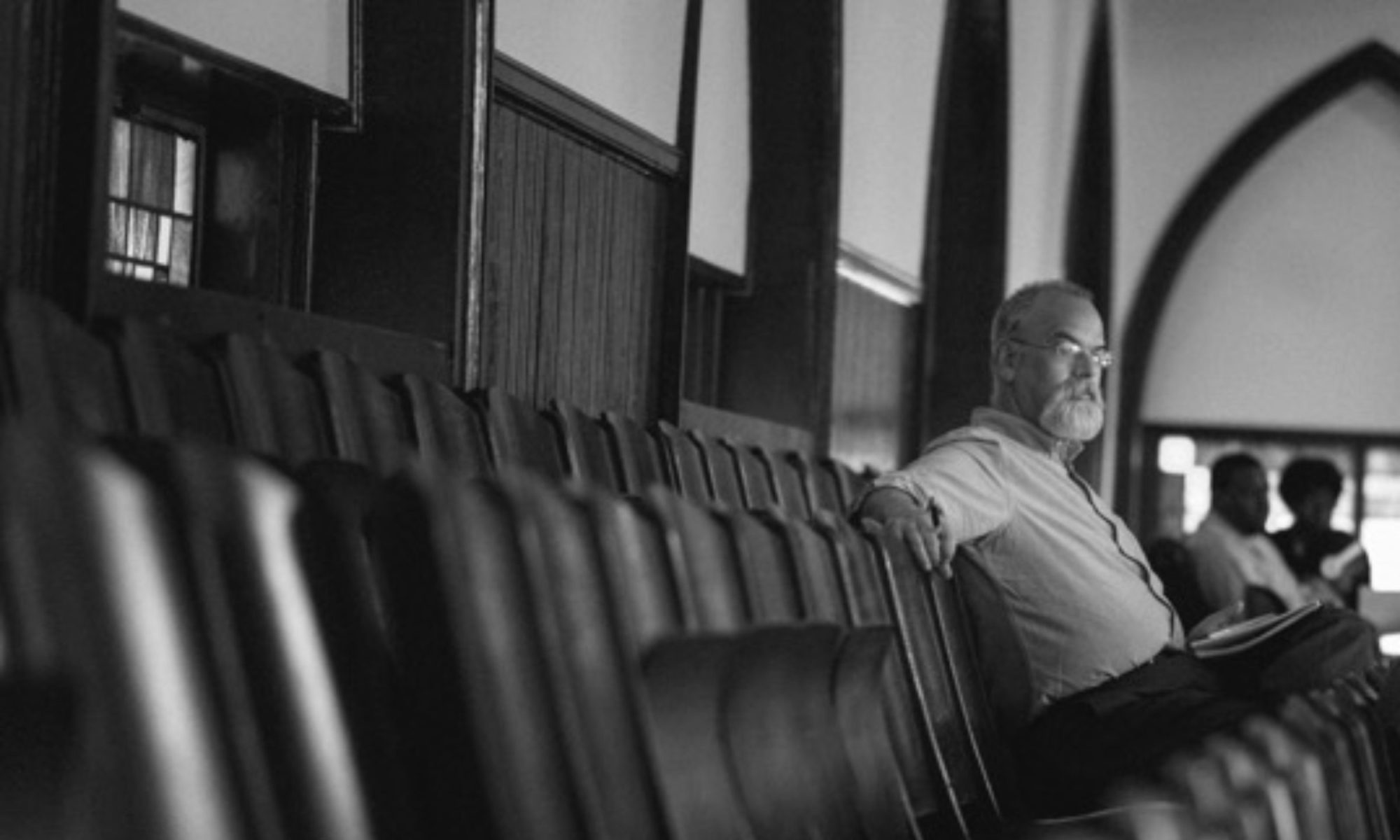
Ten years ago I turned off my phone and walked into the offices of a magazine in the Chicago suburbs for a job interview.
At that point, I’d been a professional writer for 8 years, as an editor and writer for The Covenant Companion magazine and as a jobbing freelancer.
Life was a bit crazy. We had three kids under 10 and when I wasn’t chasing them around (which was a blast), I was writing constantly, till all hours of the night, just to make ends meet.
Plus I was ready for a change. I needed one job that would pay enough for me to slow down on the freelancing a bit.
That meant giving up on my dream of becoming a full-time religion writer at a newspaper.
I’d been chasing that dream for about a decade–starting in the mid-1990s when I went back to school to get a degree in writing.
That in itself was a huge change. I’d already spent a decade working at nonprofits and trying to save the world and discovered I was terrible at it. Plus I was hardly making any money.
So why not chase my first love–writing about religion? I was good at that– and if I wasn’t going to make much money, I might as well do something I loved.
A master’s degree and some freelancing led to a job as an editor at a church-related magazine. A late night conversation with Jim Rice, the editor of Sojourners, and David Anderson, the former editor of Religion News Service, sparked a freelance career–getting me out of the church world and onto the pages of national newspapers.
A summer at Medill School of Journalism also opened doors, thanks to the friendship of Roy Larson and the late Bob McClory.
I began applying to newspapers for open religion jobs– in Iowa, Kansas, Washington, D.C. Wherever there was an opening, I tossed my hat in the ring.
There was this one job that kept popping up–at the Tennessean in Nashville, that sounded perfect.
I applied three times. First time, the response was “No.” Second time, “No thanks. But I really love Bob McClory, one of your references.”
The third time, crickets. At least at first, Then an email, from Ricky Young, who was then city desk editor, asking me to send my writing samples again. He had my resume, but couldn’t find the samples of my work.
I sent an email with samples attached. Then went to Kinko’s and made copies of dozens of stories and mailed them as well.
Still crickets.
I figured that was it. When a local magazine called and asked me to come in for an interview, I went in.
It was a disaster. The work seemed great but the editor confided in me that she was at war with her boss. “I need an ally,” she said. “Would you be on my side?”
No thanks.
Walked out of the interview, turned on my phone and a message popped up from Deborah Fisher, an editor at the Tennessean.
We talked. It was a Friday. On Monday, I was on a plane to Nashville. A week later, I had a new job. A few weeks later, I loaded up the car and headed south. (Kathy and the kids would join my a few months later).
What a ride it’s been.
Six years at the Tennessean– the best of my career. Met great friends like Heidi Hall, Chas Sisk, Tom Wilemon, Brad Schmidt, Kate Howard to name a few. Covered snake handlers, shady charities, the anti-Islam industry, a Bible-study surrogate mom, the lovely Pearl Joy Brown, and a Russian immigrant who quit his job because his company kept assigning him 666 on his work ID.
Even a life-changing run-in with diabetes.
So many great and terrible stories.
It was, in a word, awesome.
But all good things come to an end. Having survived a string of layoffs at the paper and college tuition in the future, I left the paper and went to work with the folks at Facts&Trends, where I’ve learned all about the perils and wonders of public polling and have had time to dig deep into stories.
The freelancing returned as well. A cat cult. A political prisoner accused of domestic abuse. A church saved by refugees. A congregation that’s taking on big oil in their neighborhood. A pair of congregations–one in Charleston, one in Antioch, Tenn.–trying to move on after deadly shootings.
Along the way, I had the great privilege of serving for six years on board of Religion News Association and Foundation (two as president) as well as a stint as president of the board for Religion News Service. I even snuck in some time with my good friends as Christianity Today–long enough to discover a cult with close ties to the Christian music biz.
All in all, it’s been a great 10 years. I really am one of the luckiest people in the world, I have a beautiful family, dear friends, and work that I enjoy.
There are so many people to thank over the past decade.
Deborah Fisher for that first call. Ricky Young for sticking with me. Toni Dew, my first editor at the Tennessean. The fabulous Heidi Hall. Lisa Green. Kevin Eckstrom, my former editor at RNS. Debra Mason. Michelle Boorstein at the Washington Post. Manya Brachear, Jerry Pattengale, John Terril, Ken Chitwood, Abe Levy, Peter Smith, Ann Rogers, Jeff Diamant, and a host of other RNA/RNF/RNS board members. Holly Meyer at the Tennessean, who helped pull off a fabulous RNA conference this fall in Nashville. Tom Gallagher, Jerome Socolovsky and the great staff of RNS. Tiffany McCallen who keeps RNA humming. Carol Pipes and the Facts&Trends crew.
And all my religion beat friends, who are far too numerous to mention.
The last decade has been a blast. Can’t wait to see what the next ten years bring.
